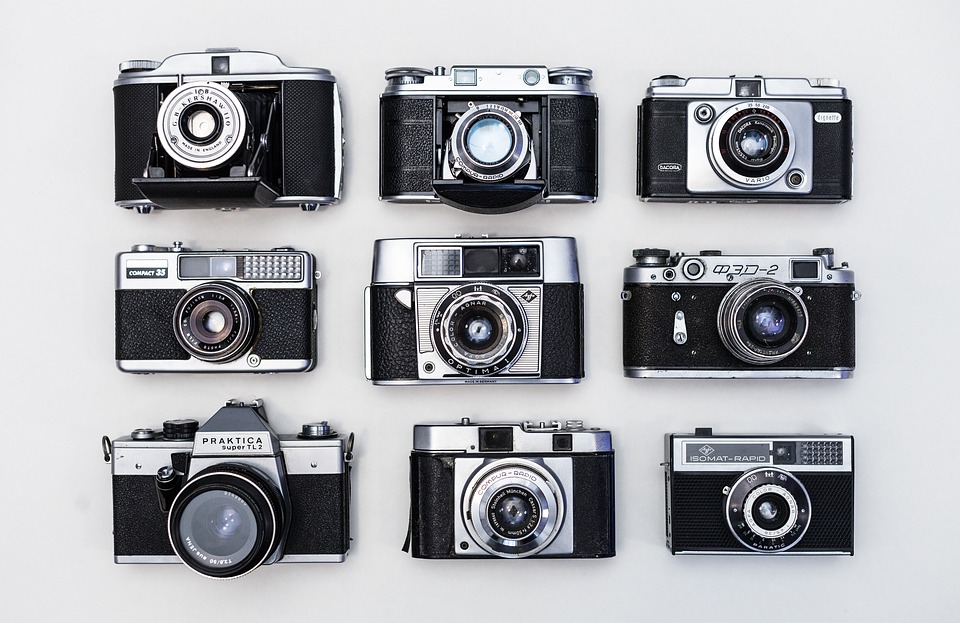- DSI CLEAR
- Theory & Practice
- Accessibility Online
- Copyright Guide
- Dos & Don'ts
- Videos on Copyright
- Usable Works
- Video Hosting Practices
- Compliance Checklist
- Checking Images for Infringement
- Creative Commons
- Public Domain & Licensing
- Exceptions & Defenses
- Copyright Statement Example
- More Copyright Resources
- Textbook Publisher Permissions
- Frequently Asked Questions
- Glossary of Copyright & Trademark Terms
- Subject Release Form
- Online Teaching
- UNT Syllabus Template
- Teaching Consultation Request
How to Use Images
Last Updated: 08/30/2019 14:50

Initial Considerations
Remember, you want to use copyrighted material in such a way as to not end up in a lawsuit. Sure, you may prevail in court, but at what cost? You may win your case, but be seriously financially damaged, so please think carefully before using copyrighted material without permission.
Frequently Asked Questions about Images
Does the Library or CLEAR subscribe to royalty-free images that instructors can use?
- CLEAR licenses royalty-free image repositories, and they're accessible to the CLEAR Production Department only. It's best to send images you find online as examples to your Instructional Consultant, and they'll pass them on to the Production Department for finding similar images in the repositories.
I found an image on the Internet that I'd like to use in my online course. What are the rules for using it?
- If the image is in the public domain or deemed free to use based on open access, please feel free to use it. Creative visual works, such as paintings and sculptures, which are published prior to 1924 are considered in the public domain. Highly accurate photographs of these pre-1924 creative visual works of art are usually considered "slavish" copies that also fall into the public domain.
- If the image is licensed under Creative Commons terms CC0, CC BY, or CC BY-ND, then please feel free to use it as long as you adhere to the Creative Commons attribution guidelines. UNT's uses would be violative of all other CC licenses. Please visit our Creative Commons page for more information.
- If neither of the above is an option, see if there is a comparable or better image available on one of these approved web sites, which provide unrestricted license to use their content.
- Otherwise, linking is nearly always an option. If you opt for linking, please link to the web page containing the image, rather than directly to the image itself. Linking directly to an image in such a way that the image displays on your own web page could potentially implicate you claiming ownership or licensing rights in the eyes of a court.1
- If linking is not an option, next ask yourself if there is a clear and direct pedagogical purpose to your intended use of the image in your lesson. If you do, then you may have a strong case for using the image under the face-to-face, TEACH Act, or fair use exceptions. See if your intended use of the image would fall within one of several copyright law exceptions listed here. When linking to a third-party web site, be sure it's to a reputable source. For example, if you link to an image of art, link to a reliable and valid site (e.g., the British Museum, not Gary's favorite art). Otherwise, you could be considered complicit to copyright infringement.
- When in doubt, contact the CLEAR Compliance Coordinator here for input.
I need to find images for my course that I can use legally. What do I do?
- Search in reliable and valid search venues, such as those we provide here in our resource Locate Usable Works. After you locate an image, read the terms of the license and follow the terms.
May I use a thumbnail of an image as a link?
- Yes, you may use a thumbnail of the image to link to a third-party web site. Please make certain that it is a proper size. The standard size for thumbnails is no larger than 200 pixels in height or width.
May I link to art that is displayed online?
- Yes, but be sure you're linking to a valid and reliable site (e.g., the Getty, and not to "Gary's favorite art").
How do I properly cite an image found on the web?
- If an image is licensed under Creative Commons terms, then follow best practices. These include a quoted title linking back to the original web site, followed by
author name and a linked abbreviation of the CC license type and version. The following
is an example:

"Painter" by Tong Tuan Anh is licensed under CC BY 2.0
Unless required by the author, attribution captions are not generally required by law, but they are a great best practice. When citing an image licensed under non-Creative Commons terms, do your best to follow the terms of the license. For all other images, listing the title, author, and providing a link back is good.
How do I protect my own images once I put them online?
- Choose a Creative Commons license and place it on your work. Creative Commons has a license creator tool that is very easy to use and it enables creators to choose and place a license on their works. You may apply a license to many types of items such as textual material, music, images, art, PowerPoints, courseware, data, and more.
Related Links
- Search these multiple sources to Locate Usable Works — text, images, videos, audio
- Learn more about copyrights Resources
___
1 - Goldman v. Breitbart News Network, LLC, 302 F. Supp. 3d 585, 591 (2d Cir. 2018) ("In our view, a website's server need not actually store a copy of the work in order to 'display' it").